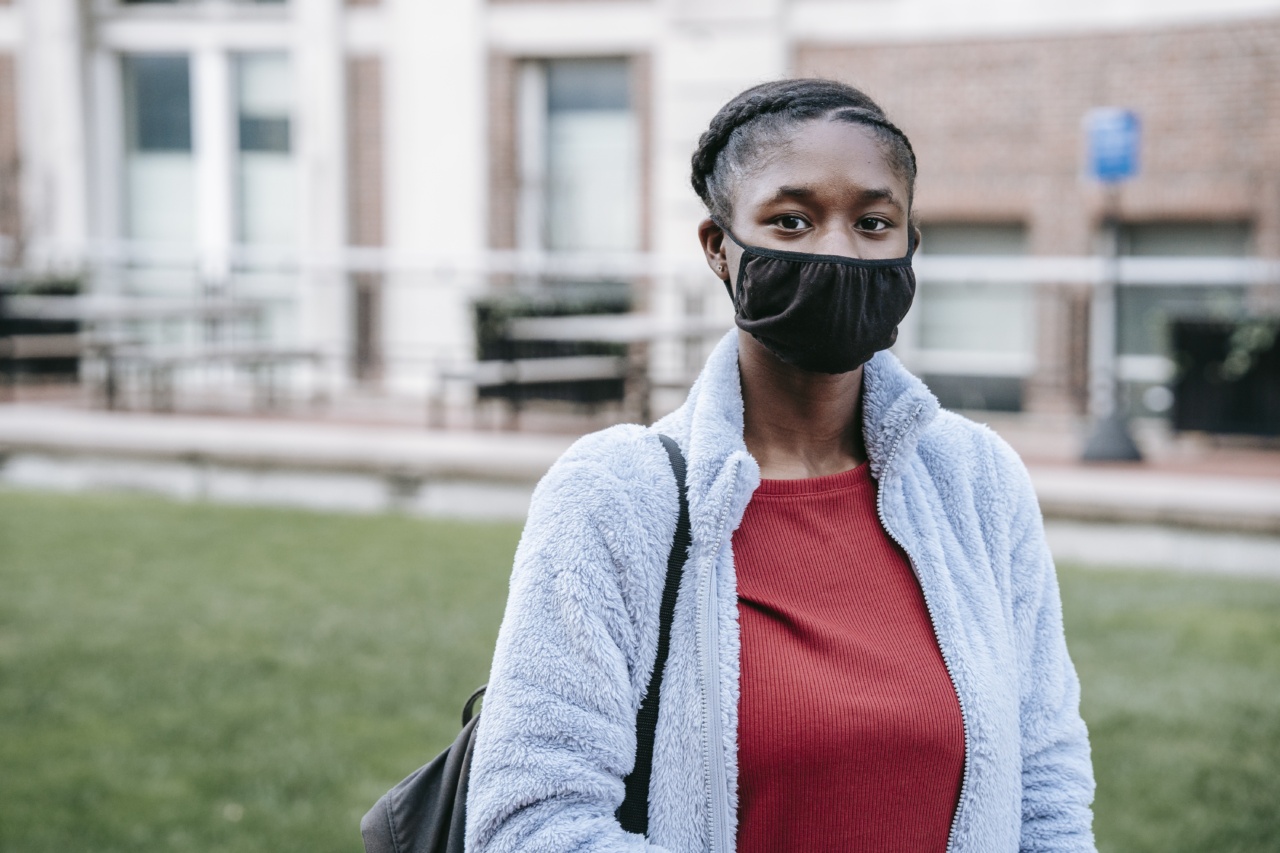Reaching the first period age is a significant milestone in every girl’s life, marking the arrival of puberty. However, puberty and menstruation bring about risks that every girl should know.
Seven significant risks that are linked to reaching first period age are:.
1. Irregular periods
At the onset of puberty, girls may experience irregular periods, which can be troublesome and uncomfortable. Irregular periods are common in adolescent girls and can result from hormonal changes or underlying medical conditions.
Some of the significant risks that accompany irregular periods include:.
- Inability to predict or plan menstrual cycles
- Increased risk of unintended pregnancy
- Delayed diagnosis of underlying medical conditions, such as polycystic ovary syndrome
2. Menstrual cramps
Menstrual cramps are a common risk associated with reaching the first period age. Cramps are caused by uterine contractions that occur during menstruation. The pain can be debilitating and interfere with daily activities.
Some of the significant risks associated with menstrual cramps include:.
- Reduced quality of life
- Increased absenteeism from school or work
- Increased risk of developing depression or anxiety
3. Vaginal infections
Puberty leads to changes in the vagina’s pH balance, making it easier for harmful bacteria to thrive. Some of the significant risks associated with vaginal infections include:.
- Unpleasant odor or discharge
- Itching and irritation
- Inability to engage in sexual activities
4. Risk of toxic shock syndrome
Toxic shock syndrome (TSS) is a rare but life-threatening condition that is linked to menstruation. It is caused by toxins produced by strains of Staphylococcus aureus bacteria. Some of the significant risks associated with TSS include:.
- Sudden high fever
- Nausea and vomiting
- Faintness or dizziness
- Redness of eyes, mouth, and throat
5. Risk of unintended pregnancy
Sexual activity, combined with irregular periods, creates a high risk of unintended pregnancy, making it essential for girls who have reached the first period age to get proper education on contraception and safe sex.
Unintended pregnancy poses significant risks that include:.
- Complications during pregnancy or childbirth
- Increased risk of maternal and infant mortality
- Inability to complete education or career goals
6. Feminine hygiene product-related risks
Sanitary pads and tampons are often used during menstruation to manage the flow of blood. While they are essential products for every period, improper use can result in various risks.
Some of the significant risks associated with feminine hygiene products include:.
- TSS caused by prolonged or improper use of tampons
- Allergies to materials used in pads or tampons
- Increased exposure to harmful chemicals, such as pesticides and dioxins, used in the production of these products
7. Risk of eating disorders
Puberty and menstruation can trigger significant body image issues, leading to the development of eating disorders, such as anorexia nervosa and bulimia nervosa. Some of the significant risks associated with eating disorders include:.
- Stunted growth and development
- Increased risk of heart disease
- Infertility and amenorrhea
In conclusion, the first period age is a transition period fraught with many risks that every girl should know. Proper education, guidance, and support from adults are essential to navigate these risks and ensure a healthy transition into womanhood.





























